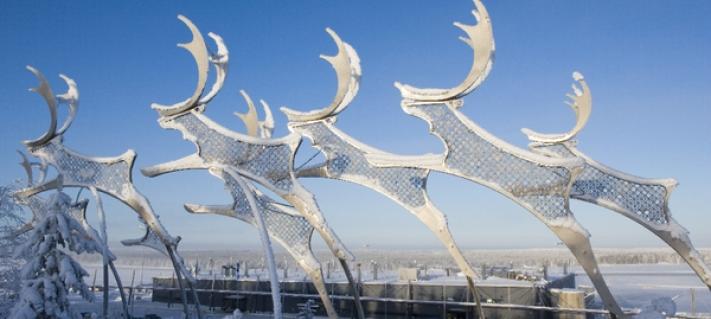CAT III category runway is equipped with an ILS system, which allows aircraft to land in all weather conditions. The aim of procedures development is to enable the use of Helsinki Airport in increasingly difficult weather conditions in order to ensure that no delays and unnecessary costs are caused to air traffic, for example, due to having to use backup airports.
“Helsinki Airport has developed into a leading hub in traffic between Europe and Asia. The operability of the airport in all conditions is crucially important in order for Finland to be able to retain its position in international air traffic competition,” says Raine Luojus, Director of Air Navigation Services for Finavia.
On annual level, the airport has had approximately 15 hours of situations, where landing in CAT II has been impossible due to bad weather conditions. When these situations occur during peak hours, aircraft either have to wait for better weather or land on a backup airport.
“Operational reliability in bad visibility conditions will improve, since CAT III is meant for operation in decision altitudes below 30 metres. If a pilot has no visual contact with the runway lights before that, the aircraft will initiate a go-around procedure and wait for better visibility for landing or head to a backup airport,” says Luojus.
Airlines have also asked for CAT III category for the system that guides the aircraft to the runway. According to statistics, Helsinki Airport should no longer encounter such bad visibility conditions that they would prevent landing in the airport after this upgrade.
The upgraded runway is runway 3 (04 left) from the direction of Espoo, which is the primary approach direction during northerly and north-easterly winds.



